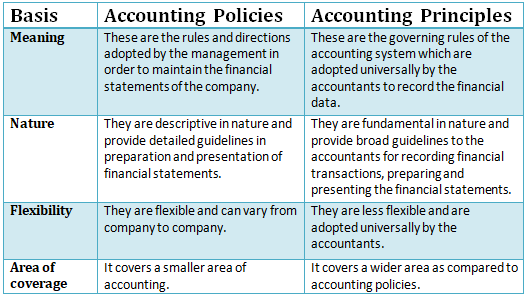Dissolution of partnership means partnership coming to an end while the firm still stands. Various reasons for the dissolution of partnership could be: Admission of a partner Death of a partner Retirement of a partner Dissolution of firm In the event of the above cases, the existing partnership is dRead more
Dissolution of partnership means partnership coming to an end while the firm still stands. Various reasons for the dissolution of partnership could be:
- Admission of a partner
- Death of a partner
- Retirement of a partner
- Dissolution of firm
In the event of the above cases, the existing partnership is dissolved and a new partnership is created with the new partners without affecting the firm.
A new partnership deed is created, in case there is a partnership deed agreed among partners and new profit-sharing ratios among the partners are decided, while the assets and liabilities of the firm remain the same.
Dissolution of a firm means the firm no longer exists. Various reasons for the dissolution of a partnership firm could be:
- Mutual decision of partners
- By the court of law
A partnership firm is dissolved by a court of law when there has been a non-compliance of law, the firm is engaged in illegal practices, or that the court’s opinion is that it is in the public interest for the firm to be dissolved.
The partnership is also dissolved with the dissolution of the firm but the converse need not be true.
When a firm is dissolved, there is a sequence that is followed to pay creditors and partners.
- First, outside creditors like banks, third party creditors are paid firstly with the cash available with the firm and then by selling the assets.
- Second, partners who have lent money in the form of a loan to the firm are paid.
- Lastly, if there is any surplus, partners are paid with the amount of their capital. In case of loss, partners are required to pay from their personal assets.
Dissolution of the firm can be done by the partners themselves and they could also appoint a third person to do so on the payment of fees, charges, the proportion of surplus, or any contract that has been agreed to.
To summarize, we can a draw a difference table as follows:
| Dissolution of Partnership | Dissolution of Partnership Firm |
| The partnership ends but the firm still stands. | A partnership firm no longer exists. |
| A new partnership deed is created by the mutual agreement of partners. | A new partnership firm is created if the partners decide. |
| Reasons:
· Admission · Retirement · Death |
Reasons:
· By court · Mutual decision of partners |


Capital Accounts record transactions of owners of a business and typically includes amount invested, retained, and withdrawn from the business. In the case of a partnership firm, there are multiple capital accounts as multiple people own the business. Capital Accounts in a partnership firm can be ofRead more
Capital Accounts record transactions of owners of a business and typically includes amount invested, retained, and withdrawn from the business. In the case of a partnership firm, there are multiple capital accounts as multiple people own the business.
Capital Accounts in a partnership firm can be of two types:
A fixed Capital Account is one where only non-recurring transactions related to capital accounts are recorded. For example:
For transactions that are recurring in nature like interest on capital, the interest of drawings a separate account called Partner’s Current Account is created.
Fluctuating Capital Accounts are the ones where there is a single account to record all types of transactions related to the partner’s capital account, whether recurring or nonrecurring.
Fixed Capital Accounts are usually created in cases where there are numerous recurring transactions and partners want to keep a record of the fixed amount invested in the business by all the partners at any point in time.
Fluctuating Capital Account is usually created in cases where the number of recurring transactions is not high or partners want to keep a record of the amount due to all the partners in business at any point in time.
However, the decision to choose what kind of capital account should be implemented in the firm is complete with the partners. They may choose whatever they think is a more suitable fit.
To summarise the difference between the two following table can be used:
· Capital introduced
· Capital withdrawn
· Interest on capital
· Interest in drawings
See less